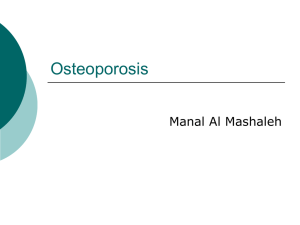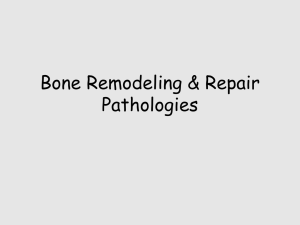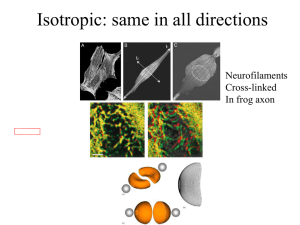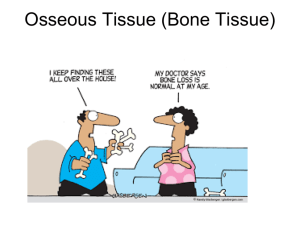The Stress and Strain of Maintaining Bone
advertisement
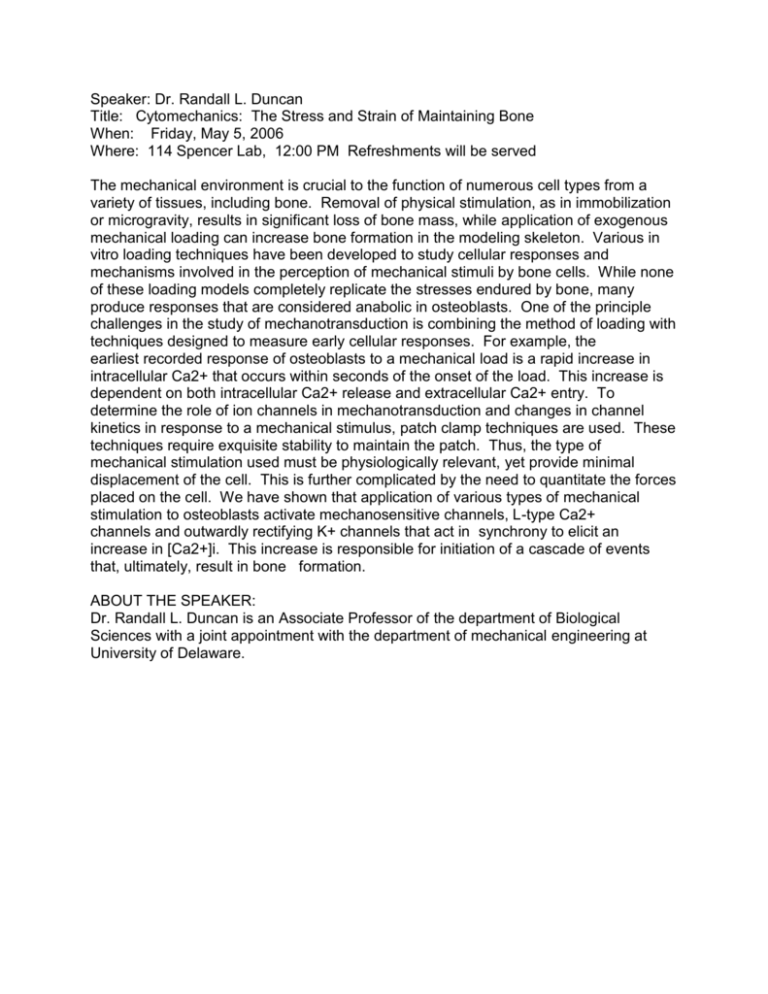
Speaker: Dr. Randall L. Duncan Title: Cytomechanics: The Stress and Strain of Maintaining Bone When: Friday, May 5, 2006 Where: 114 Spencer Lab, 12:00 PM Refreshments will be served The mechanical environment is crucial to the function of numerous cell types from a variety of tissues, including bone. Removal of physical stimulation, as in immobilization or microgravity, results in significant loss of bone mass, while application of exogenous mechanical loading can increase bone formation in the modeling skeleton. Various in vitro loading techniques have been developed to study cellular responses and mechanisms involved in the perception of mechanical stimuli by bone cells. While none of these loading models completely replicate the stresses endured by bone, many produce responses that are considered anabolic in osteoblasts. One of the principle challenges in the study of mechanotransduction is combining the method of loading with techniques designed to measure early cellular responses. For example, the earliest recorded response of osteoblasts to a mechanical load is a rapid increase in intracellular Ca2+ that occurs within seconds of the onset of the load. This increase is dependent on both intracellular Ca2+ release and extracellular Ca2+ entry. To determine the role of ion channels in mechanotransduction and changes in channel kinetics in response to a mechanical stimulus, patch clamp techniques are used. These techniques require exquisite stability to maintain the patch. Thus, the type of mechanical stimulation used must be physiologically relevant, yet provide minimal displacement of the cell. This is further complicated by the need to quantitate the forces placed on the cell. We have shown that application of various types of mechanical stimulation to osteoblasts activate mechanosensitive channels, L-type Ca2+ channels and outwardly rectifying K+ channels that act in synchrony to elicit an increase in [Ca2+]i. This increase is responsible for initiation of a cascade of events that, ultimately, result in bone formation. ABOUT THE SPEAKER: Dr. Randall L. Duncan is an Associate Professor of the department of Biological Sciences with a joint appointment with the department of mechanical engineering at University of Delaware.




